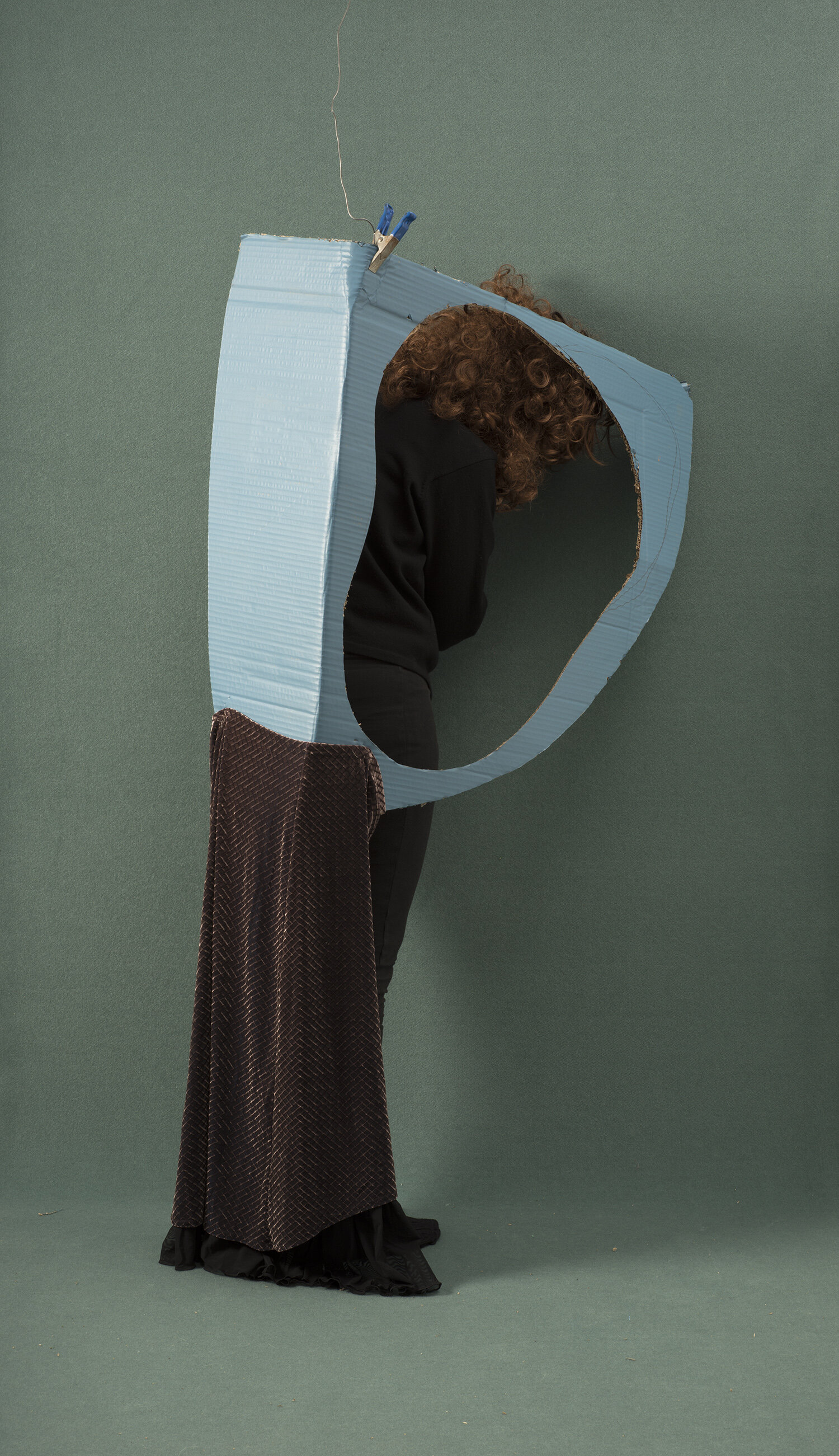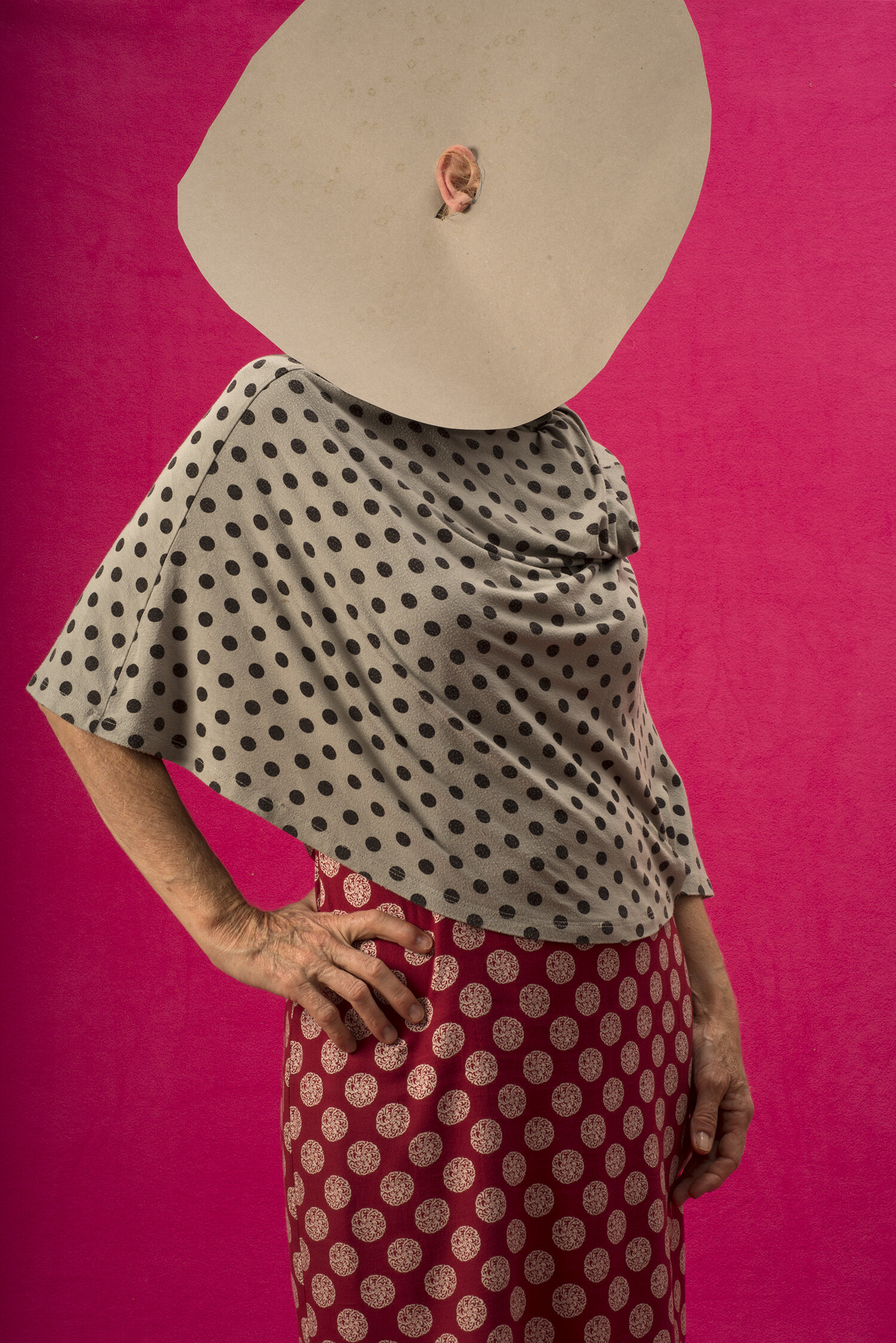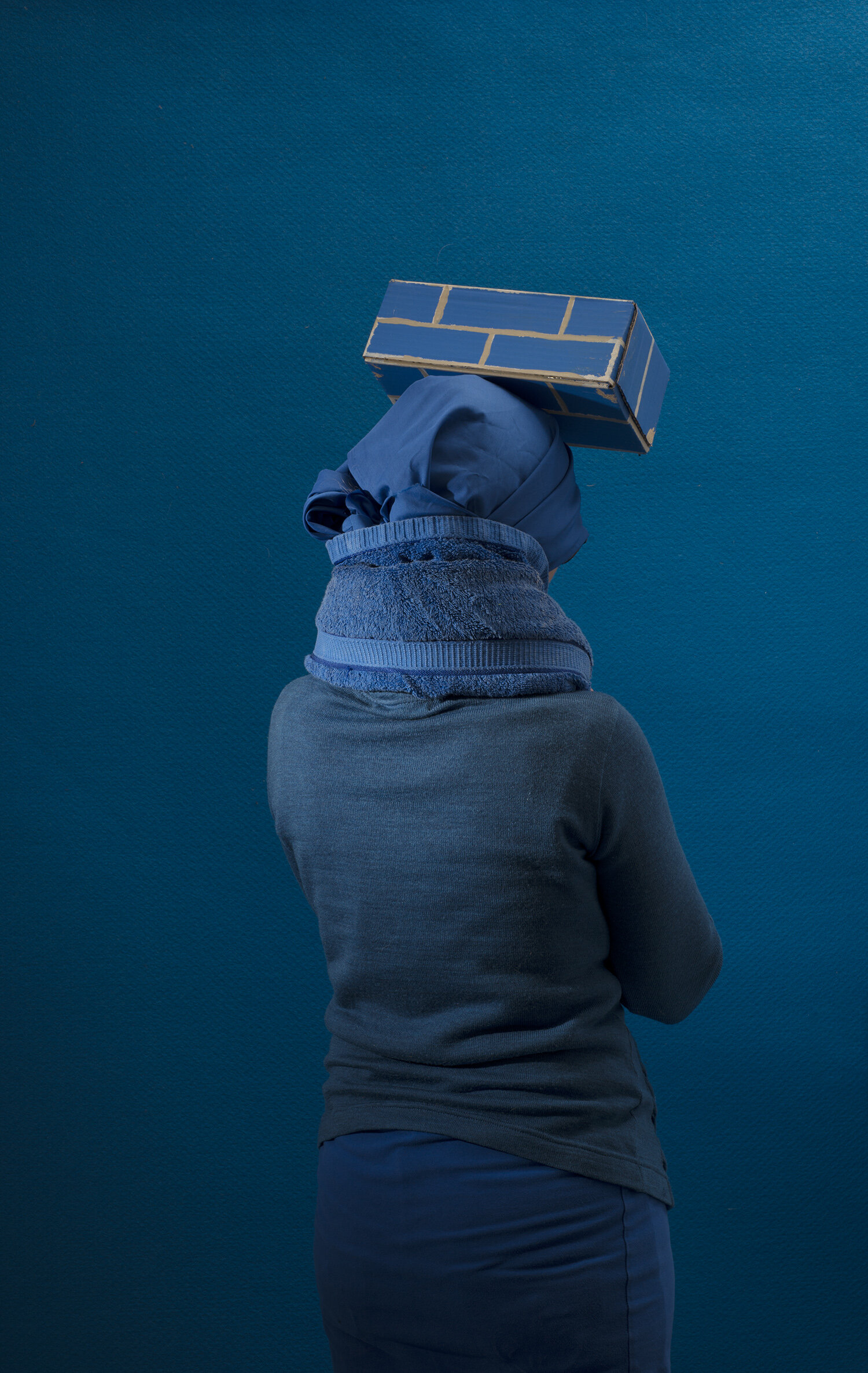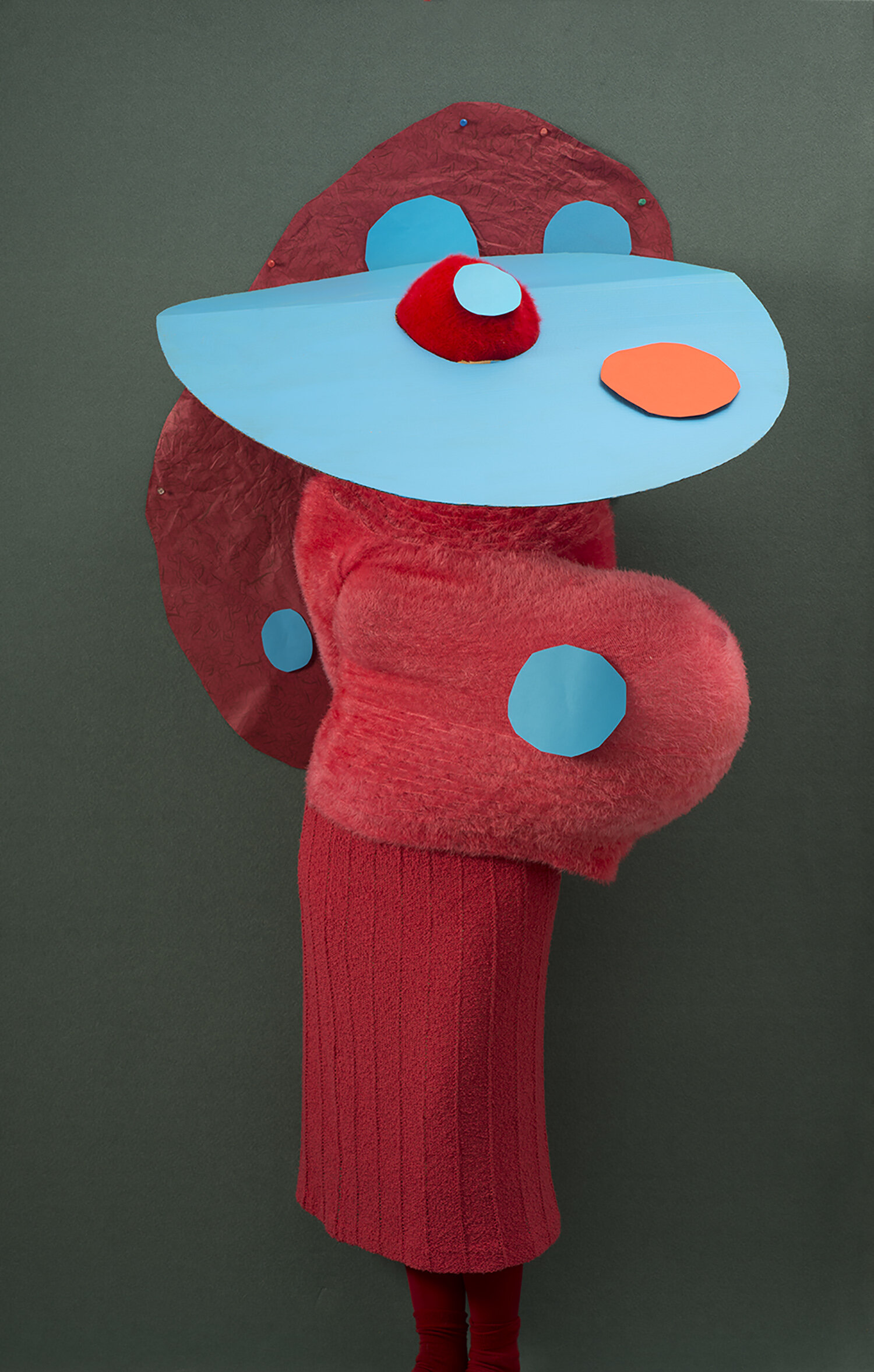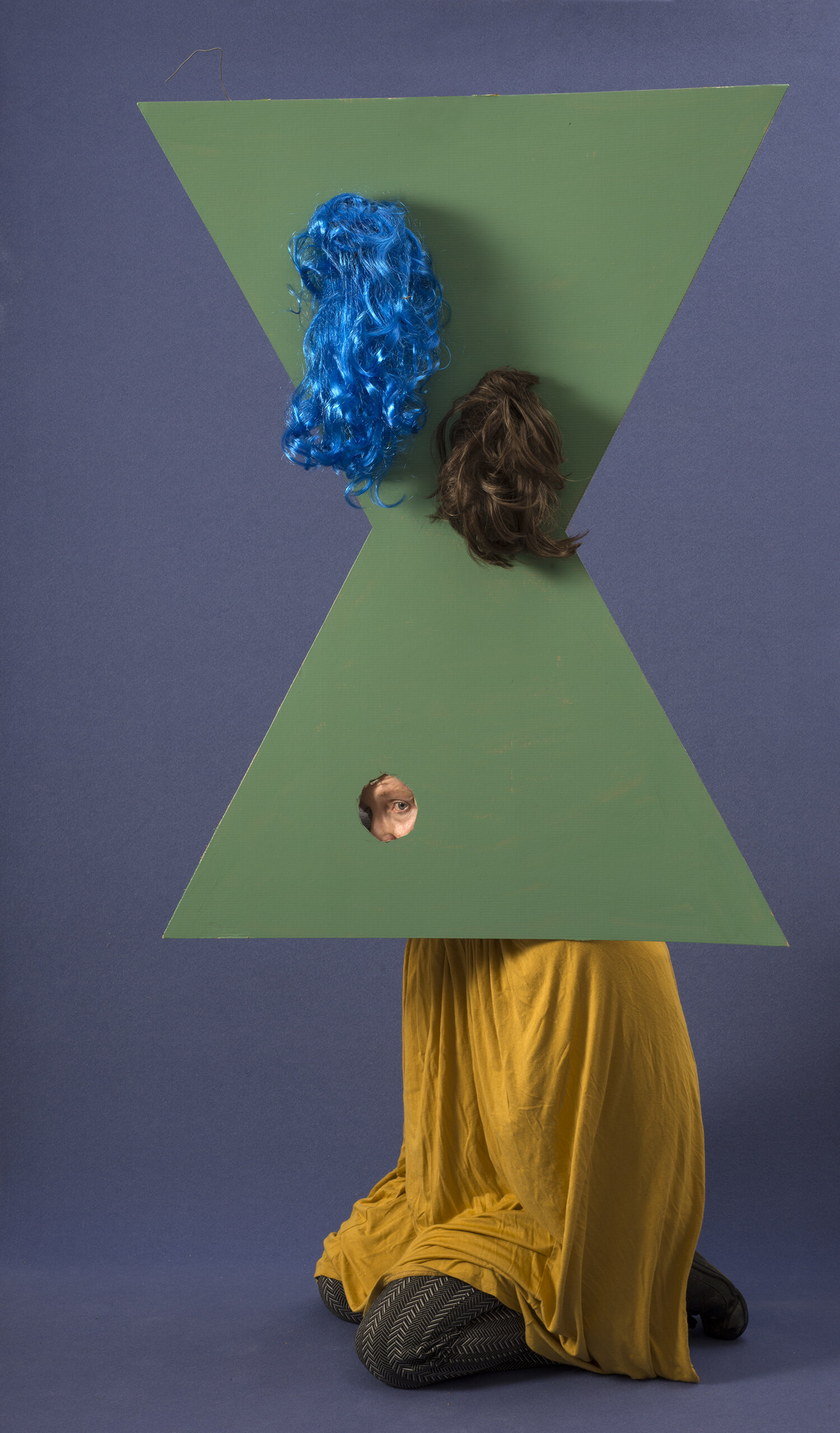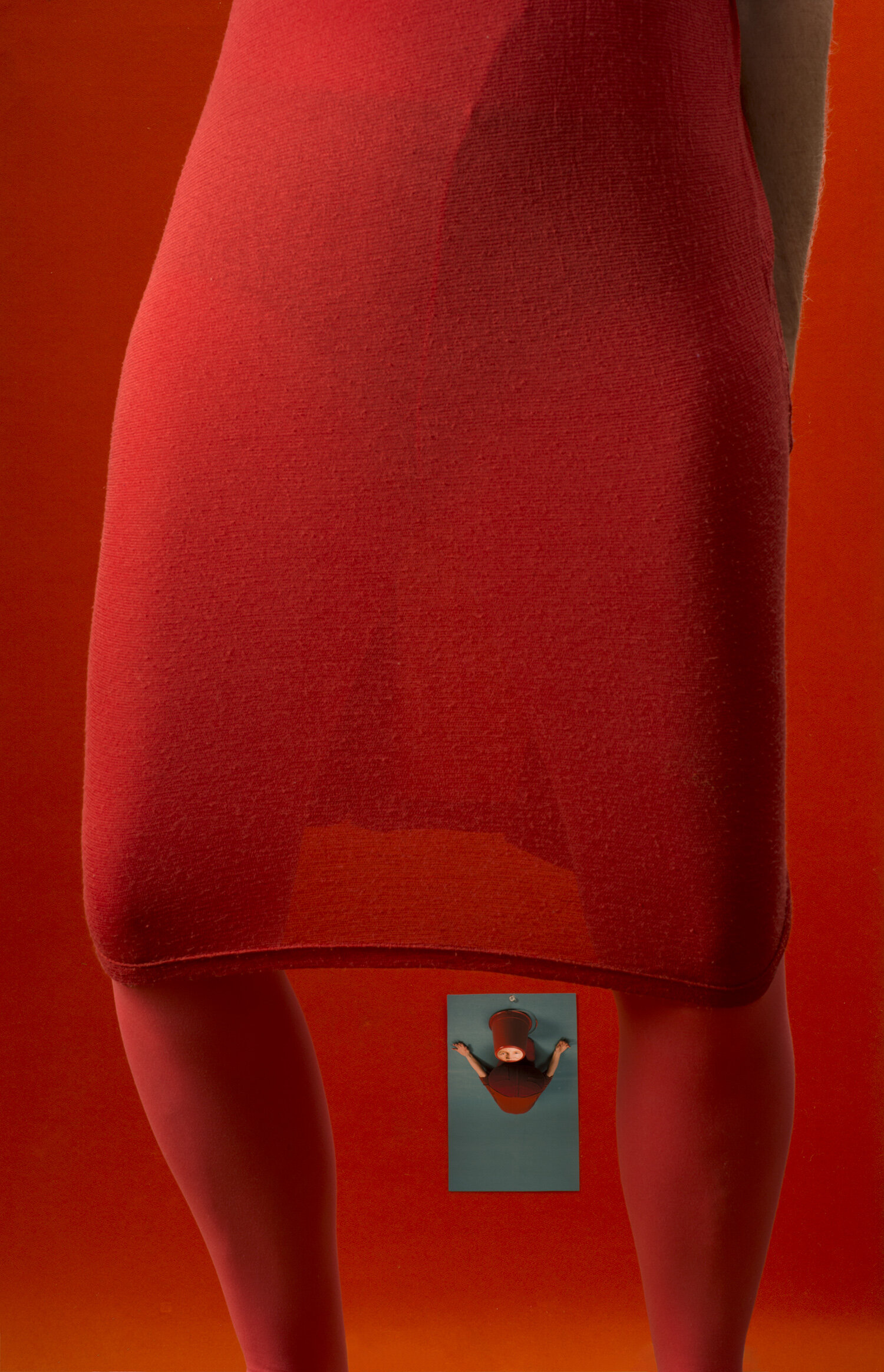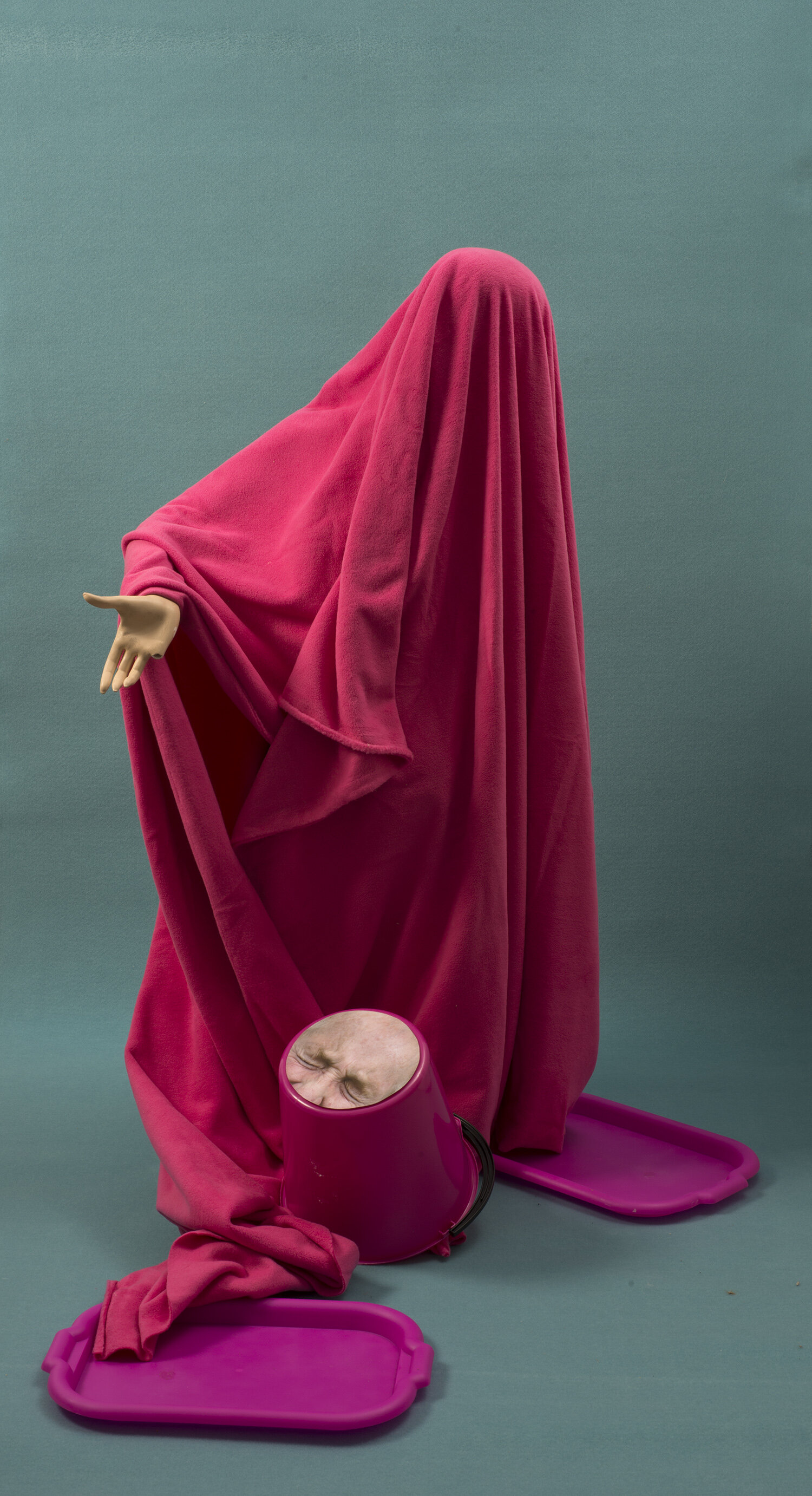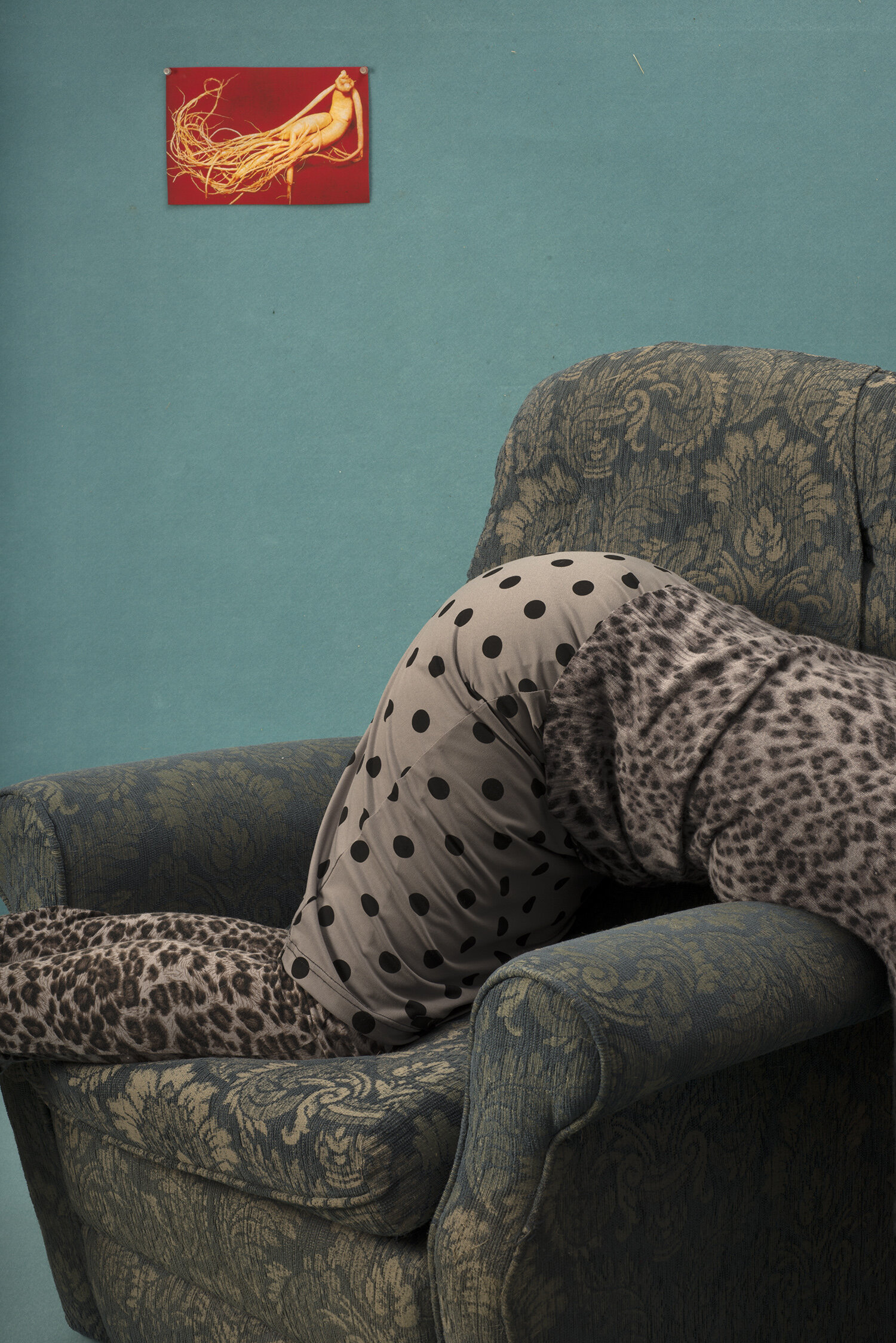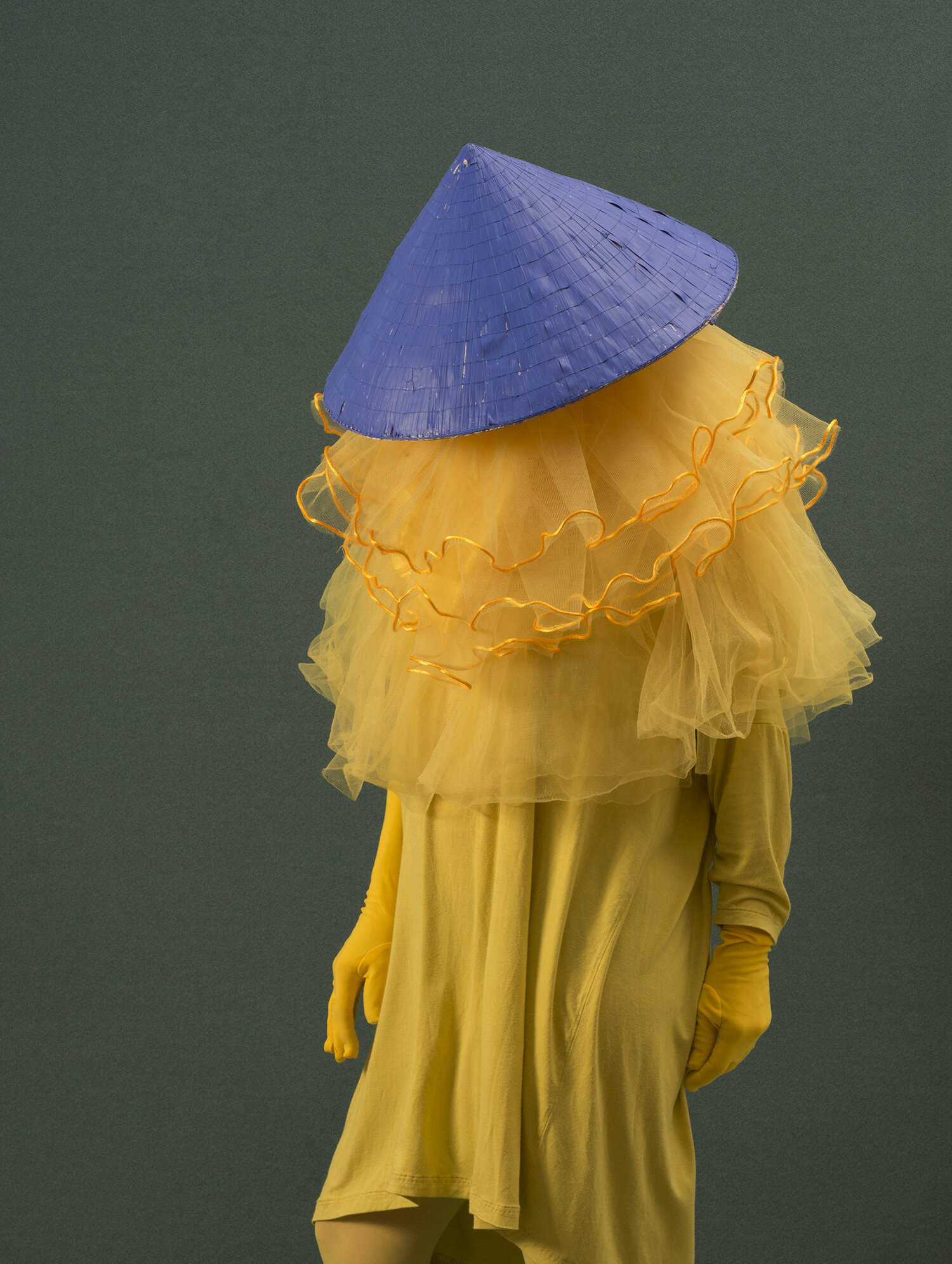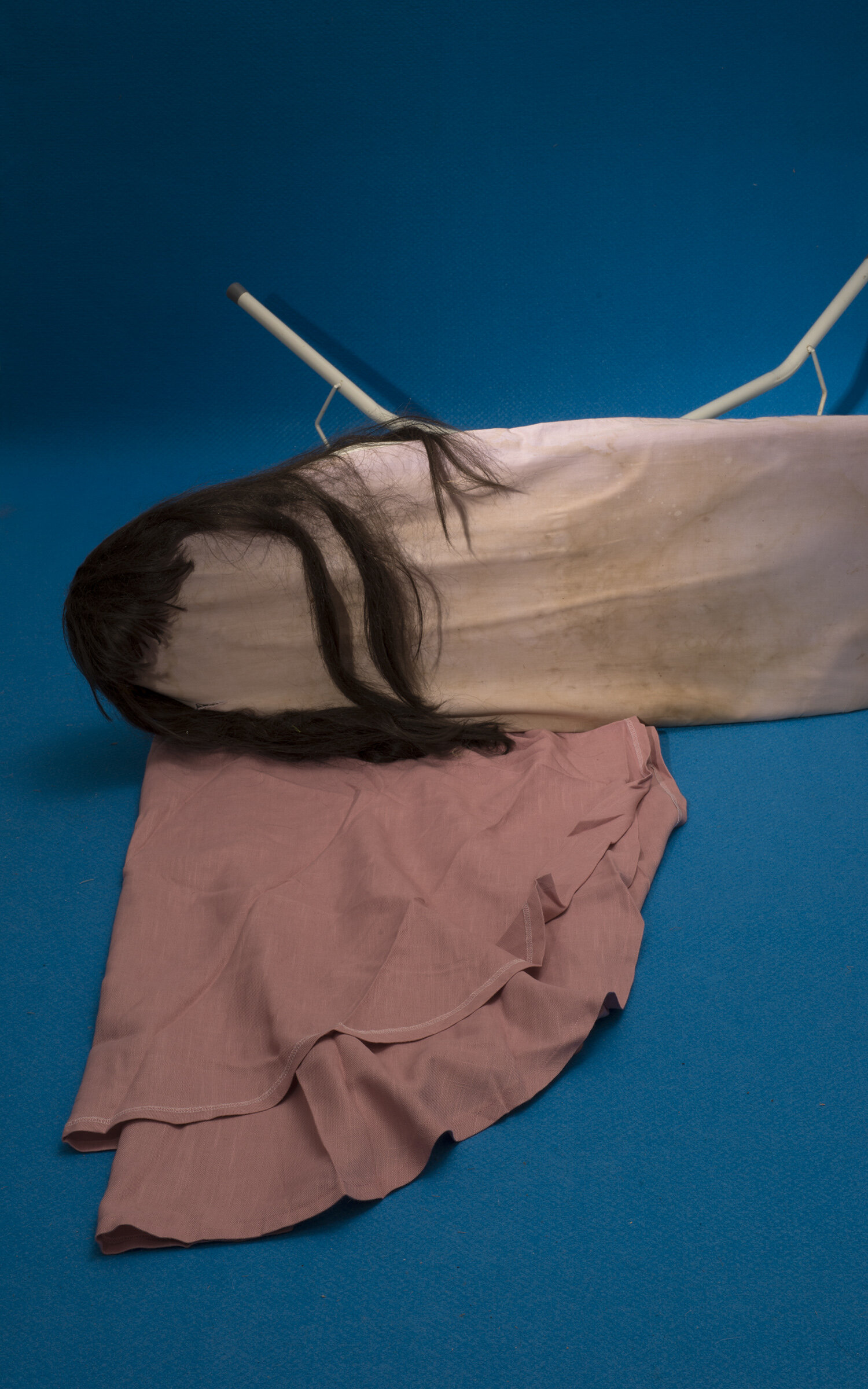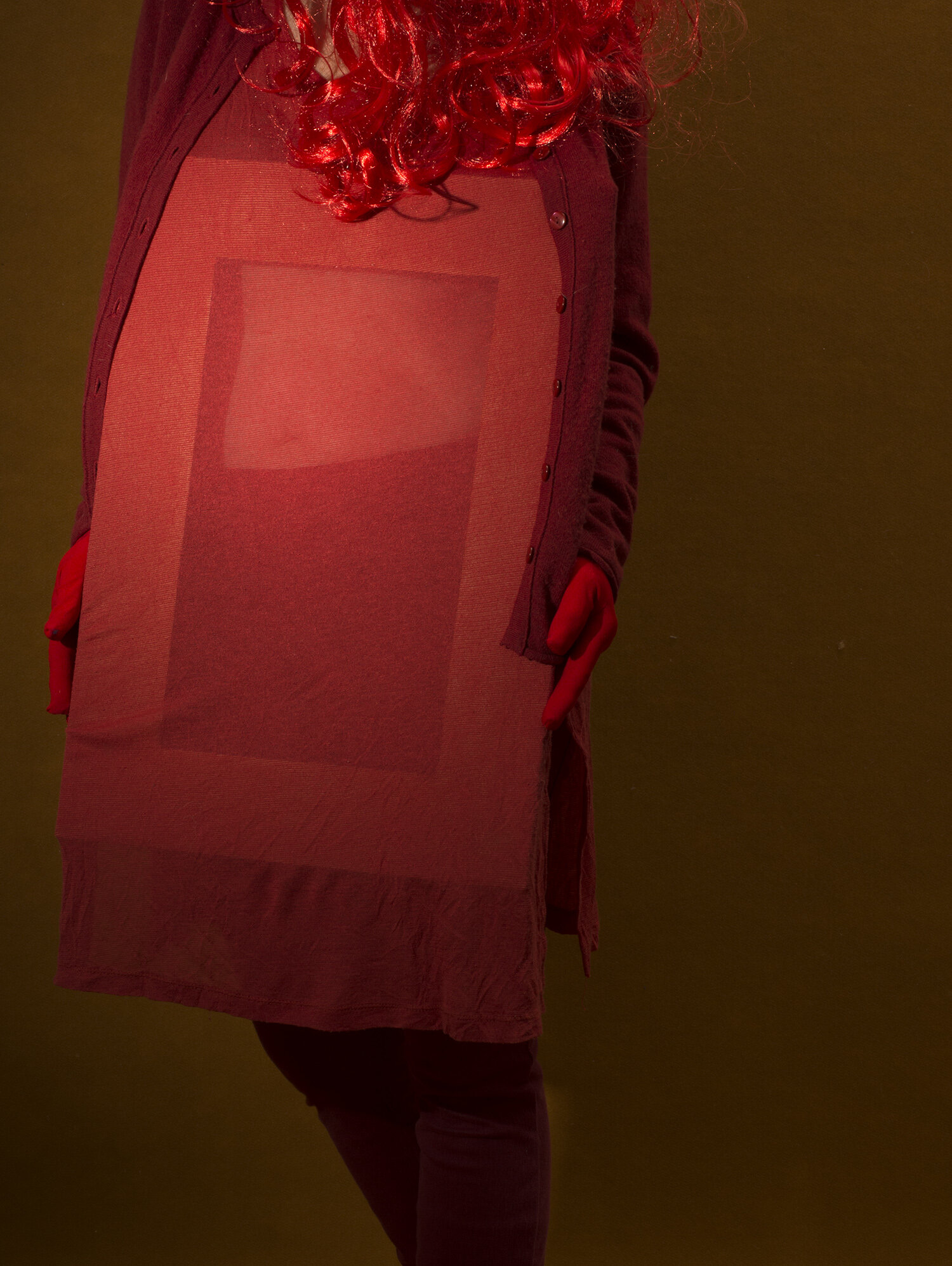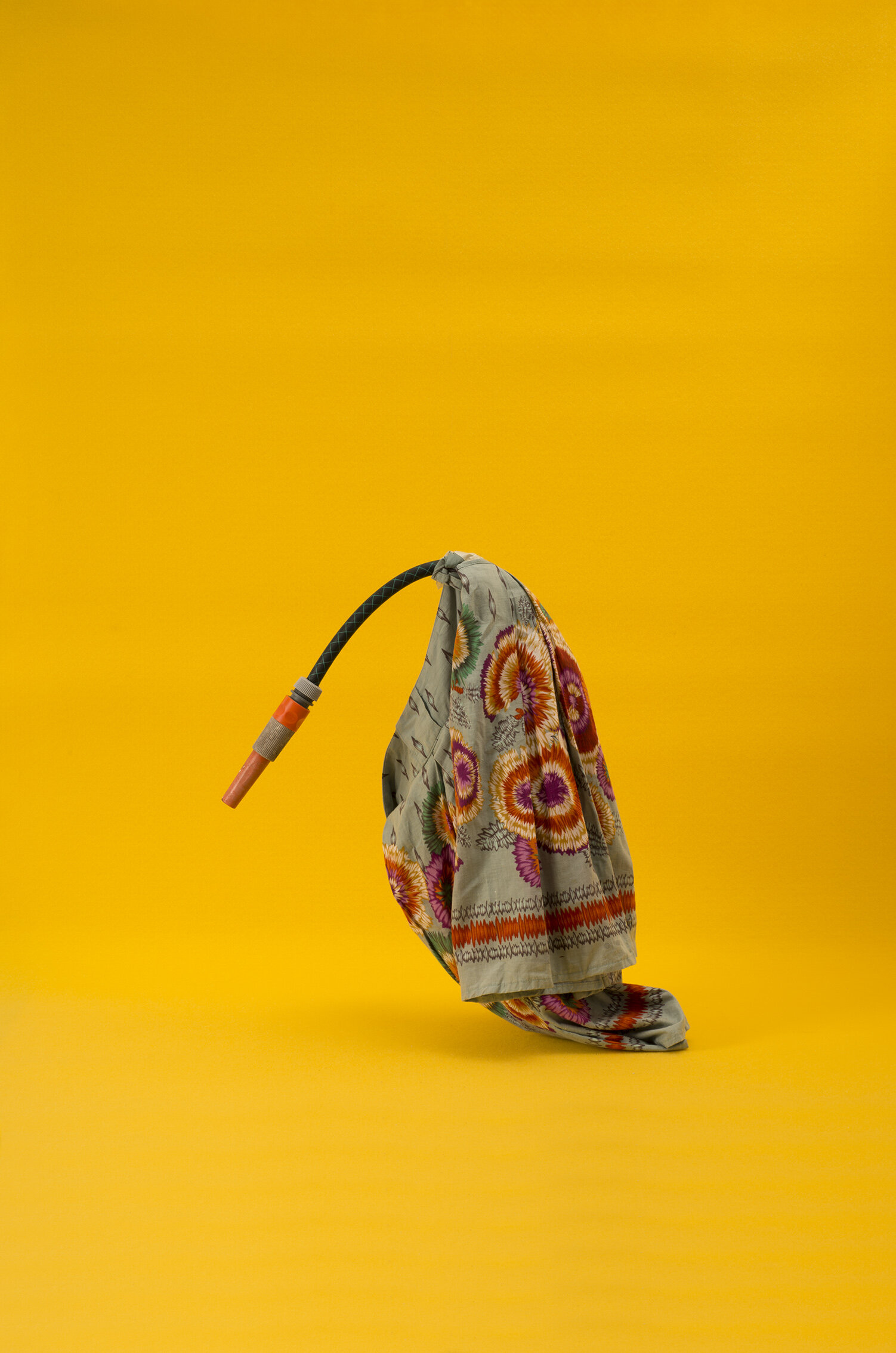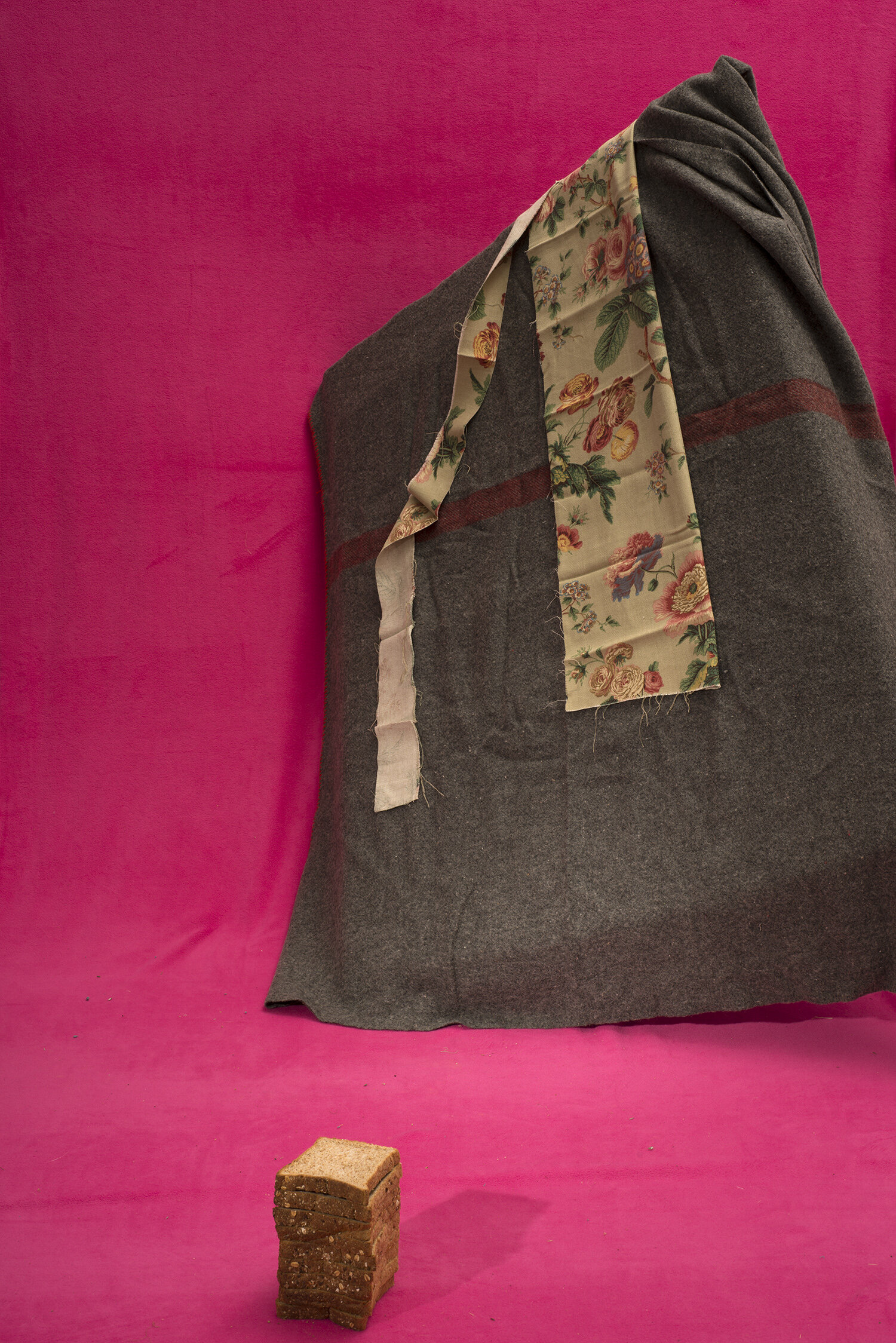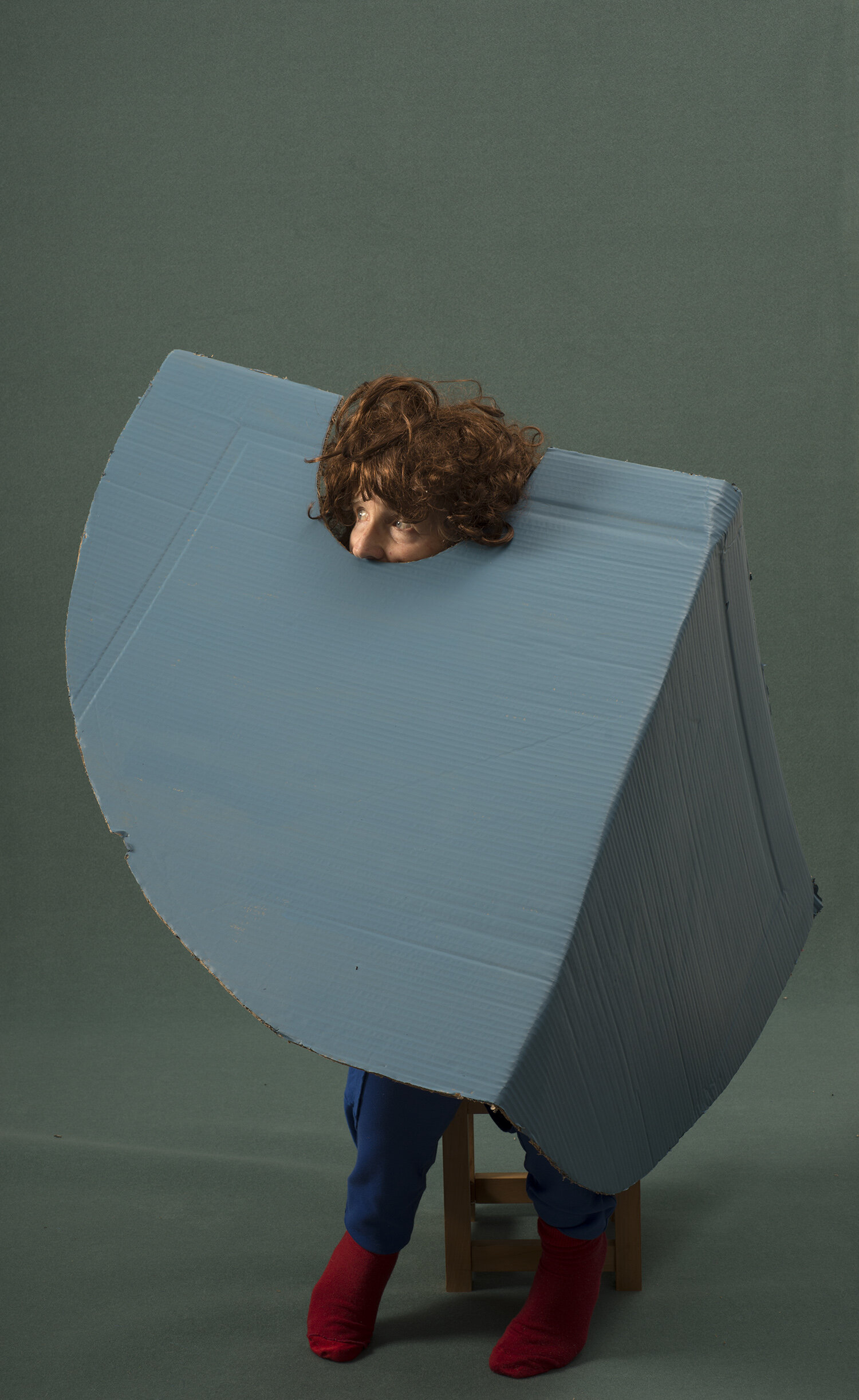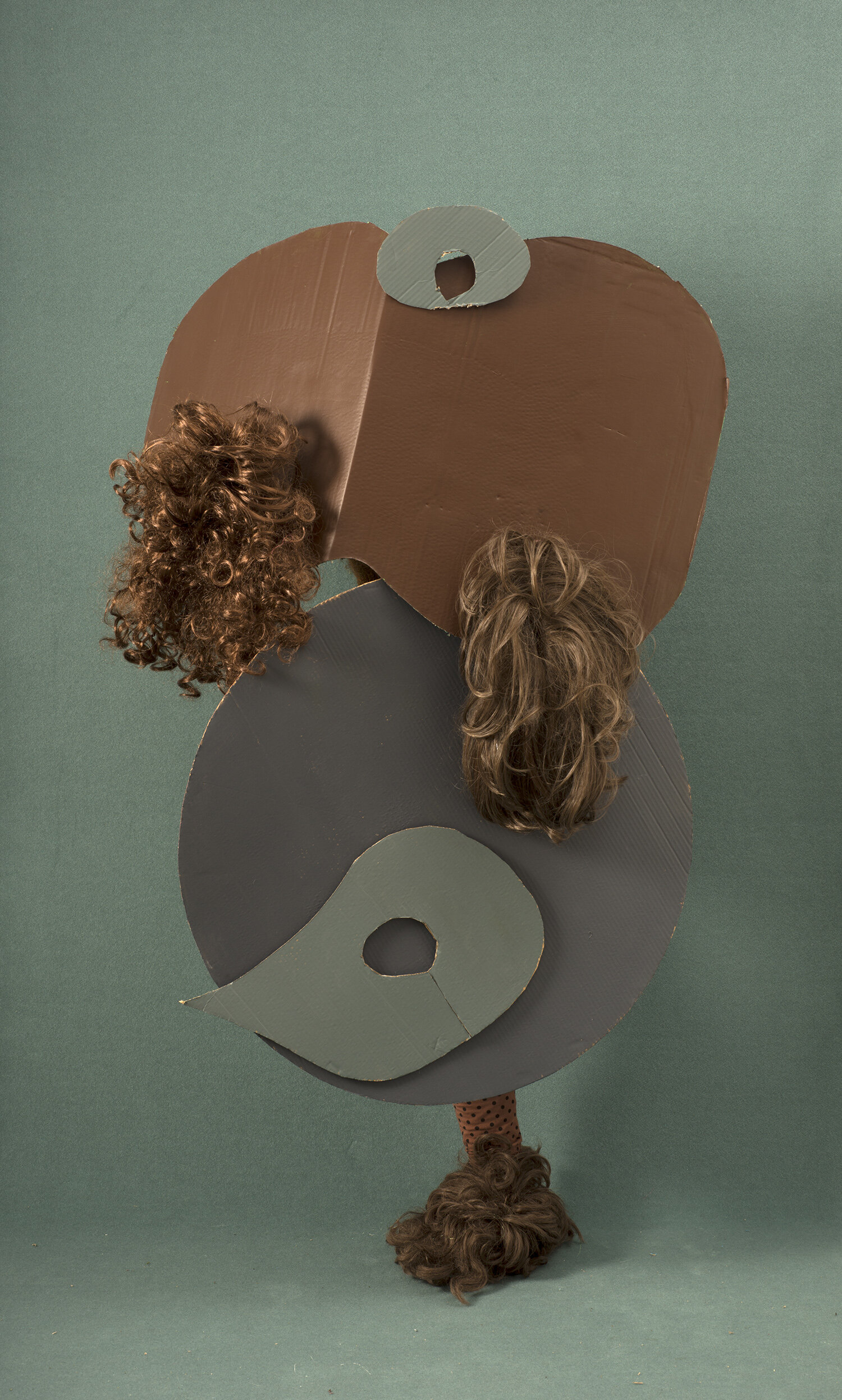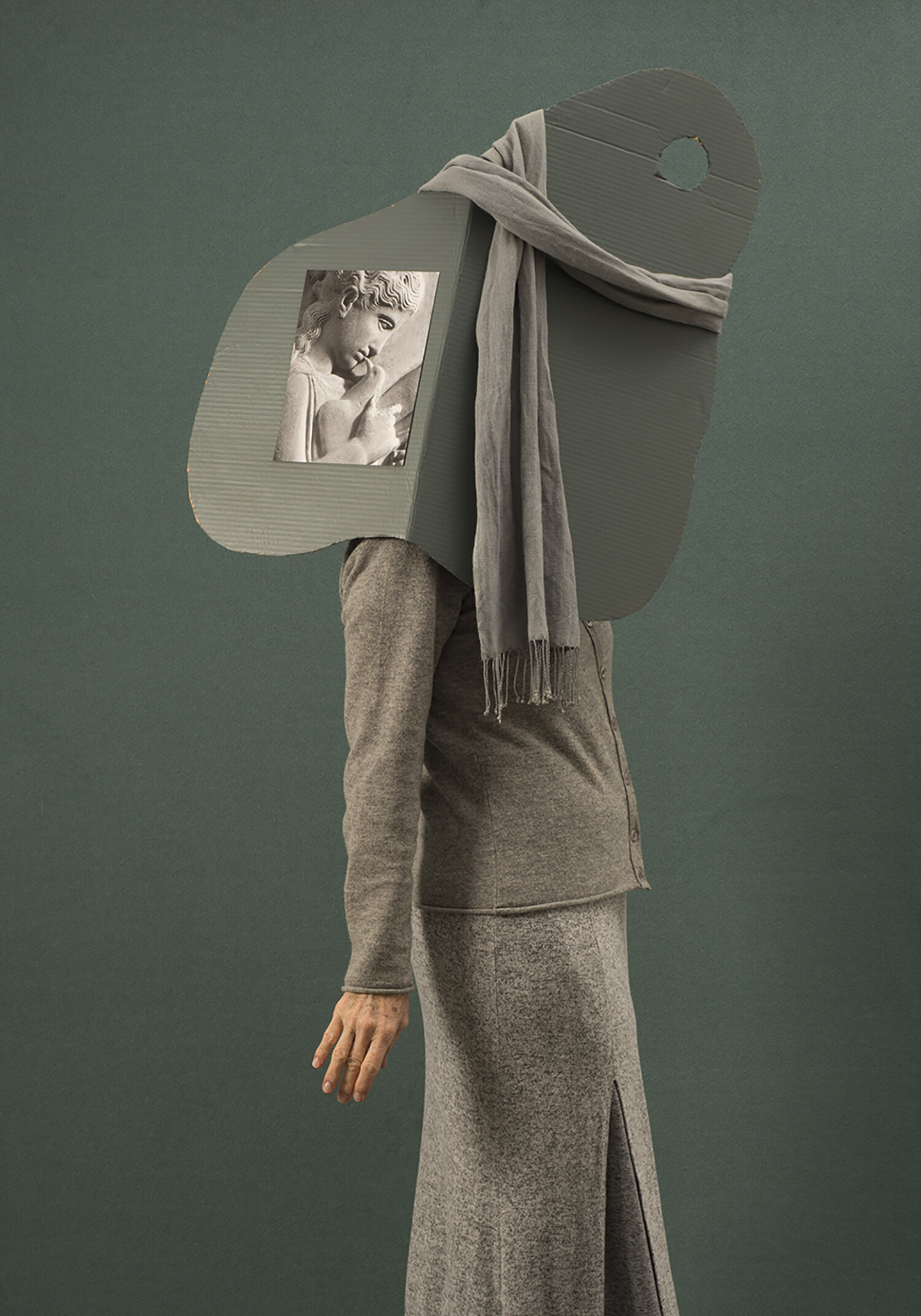Andrea Gardner - Featured Portfolio
Foothold on a Thin Ledge
Andrea Gardner
Featured Portfolio
Response by Sarah McClintock for PhotoForum, 6 September 2020
Andrea Gardner is a photographer and sculptor based in Whanganui. Originally from California, Aotearoa has been her home for over two decades. Photography has been a focus of her practice for the past 15 years and she has used this medium to explore the intersection between the picturesque and environmental issues, romanticism, colour and form.
She has completed residencies in Colombia, Spain, Mexico, Bolivia and the USA. She has exhibited nationally and internationally and her work can be found in numerous collections around the country. She holds a BFA from the University of California at Santa Cruz, and received an MFA in Painting from the University of Iowa.

Andrea Gardner’s photographs feel a lot like unrequited love. They express the same potent mix of joy and sadness, hope and longing that leaves you trapped in a vortex of insecurity. The amorphous fabric creature in I Wish I Were You reclines with its shaggy blonde wig, a clumsy facsimile of the mountain goats pinned above. Blonde hair peaks out in To Be a Gesticulating Bush thwarting any hope of representing a perfect integration between the human figure and nature. A plaintive eye looks out from a circular hole in Green Shape, but is the figure hiding from what she perceives or does she long for it? In creating these slippages between desire and reality Gardner reveals the inherent absurdity of certainty in contemporary life.
It is not a coincidence that absurdity has been a tool used in art movements that have been born out of some of our most turbulent times. Within the philosophical framework of existentialist aesthetics absurdity is used as a method of coping with life and its inevitable hardships.[1] The Dadaists during World War I and Pop artists in the Cold War used juxtaposition and humour in their work to highlight the horrors of war and the toxicity of capitalism. We live in a time of a climate emergency, a global pandemic, rising authoritarianism, as well as a society that is grappling with the ongoing traumas of colonialism, white supremacy and the patriarchy. Gardner’s work reflects the state of anxiety in which we all live. But this does not mean that they are depressing; the sense of play that is a central part of absurdist artwork like Gardner’s allows these serious topics to be conveyed using vibrant and often ridiculous combinations of form and colour.
The emotive qualities and the tension Gardner creates in her work are heightened through her use of colour. Vibrant blues, pinks, reds, greens and yellows dominate the compositions, creating monochromatic fields of colour or stark contrasts. The Red Stain against the mustard yellow cape and blue hand becomes sinister and the Red Acorn against the olive green is sickly. Colour features strongly in how we understand the world. Animals, including humans, use colour as both a defense mechanism and a way to attract mates. We have deeply held cultural associations with colour and it is central to how we understand the world around us – the sky is blue, trees are green, blood is red. But colour is not as stable as we believe. We perceive colour because light hits objects and our eyes then absorb that reflected light before it is then processed by our brain. This makes our understanding of colour unreliable. There are colours we simply cannot see because the human body is not perfect and can only perceive a limited spectrum. Instead it can be argued that colour is entirely subjective.[2] Gardner uses this subjectivity to further enhance the ambiguity integral to her work.
Perhaps the most intriguing aspect of Gardner’s work is her use of the human form. While she is part of a tradition of photographers who use their own body in their work, she is not creating self-portraits. Where a human or creature is depicted in her photographs they operate not as subjects but as objects and shapes within the composition. She carefully disguises her body, masking her identity and transforming it into a prop. In this purposeful objectification of her own body she turns it into something impossible, monstrous, funny and strange. Gardner refers to this as ‘creating shapes and being a shape’. [3] By treating the human form as a shape Gardner is disrupting the hierarchy that privileges the figure. She does not simply hide the body, instead she refuses to prioritise it. Bread, a hose nozzle and synthetic wigs are as essential to the work as her body. That it is her own body is simply a matter of convenience.
In Big and Small at the Same Time we are confronted with her red-enrobed pelvis and legs, and pinned between those legs is a depiction of her miniature form reclined behind a bucket that bears her tiny face. Gardner often employs artworks within artwork, something that comes from the sculptural way in which she creates her photographic work. She eschews most digital manipulation in her images and instead improvises within her studio to create ‘strange narratives'. These methods result in photographs that are also a combination of collage, sculpture and performance.
She constructs worlds that make little sense and reveal few clues. She creates purposeful contradictions and spontaneous humour. The world is scary, funny, messy, beautiful and so much of it will remain a mystery to us. What we are left with when looking at Gardner’s work is certain doubt.
Sarah McClintock is the Curator and Collection Manager at The Suter Art Gallery Te Aratoi o Whakatū.
Footnotes
[1] https://plato.stanford.edu/entries/aesthetics-existentialist/, accessed 18 August 2020
[2] https://plato.stanford.edu/entries/color/, accessed 20 August 2020
[3] Email correspondence with artist, 29 June 2020
[4] Conversation with the artist, 23 August 2020
[5] Email correspondence with artist, 29 June 2020
https://www.andreagardner.co.nz
This featured portfolio is supported by funding from Creative New Zealand

